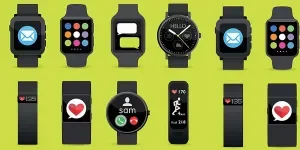Table of Contents
Introduction
Market overview
Key technology and design innovations
GaN technology
Wireless charging standards
Smart charging features
Design trends
Top-selling models driving market trends
3-in-1 wireless chargers
GaN chargers
Multi-port USB chargers
EV charging solutions
Conclusion
Introduction
As technology evolves, multifunctional chargers have become essential tools for powering various devices efficiently. With more gadgets in daily use, the demand for versatile charging solutions that can handle multiple devices simultaneously is on the rise. These chargers offer convenience and cater to the need for faster and more efficient power delivery. Innovations in GaN technology and wireless standards drive this shift, making chargers smaller and more powerful. For businesses and tech-savvy consumers, multifunctional chargers are reshaping how we stay connected.
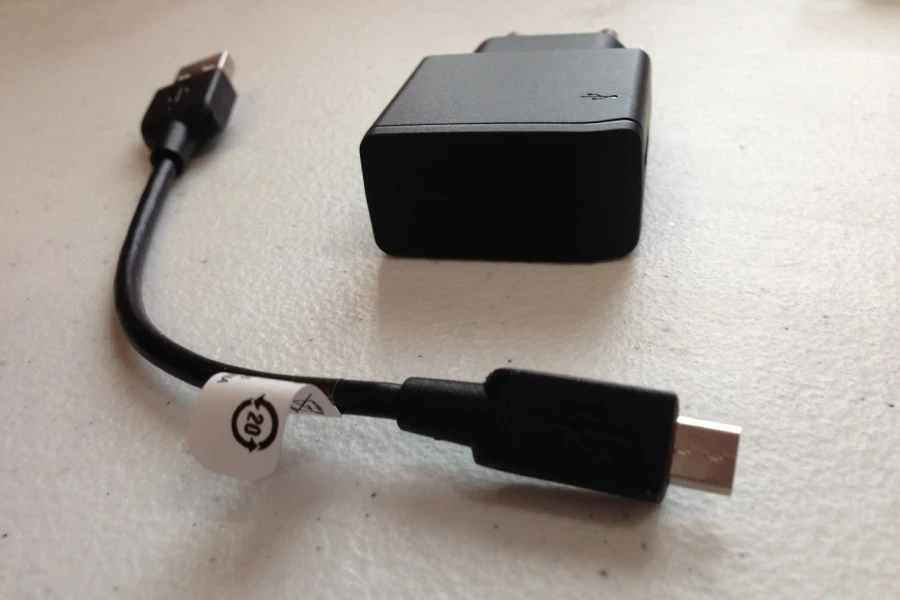
Market overview
In 2024, the mobile charger market is experiencing notable growth, with the increasing popularity of electric vehicles (EVs) boosting demand for charging solutions. According to ChargeLab, the number of EV models on the market is expected to exceed 130 by the end of 2024, compared to fewer than 20 models a decade ago. Government initiatives, such as the U.S. $624 million funding for a nationwide EV charging network and Canada’s $680 million investment, drive infrastructure expansion, further fueling the market for portable and multifunctional chargers.
The mobile charger segment, valued at $36.06 billion in 2023, continues its upward trajectory with a CAGR of 6.4% projected through 2030, according to Grand View Research. The market’s expansion is also influenced by the adoption of standardisation efforts, including the widespread use of USB-C and wireless charging technologies, which enhance compatibility across devices. The growing adoption of GaN technology in chargers further propels the trend toward more compact, efficient, and high-powered charging solutions.
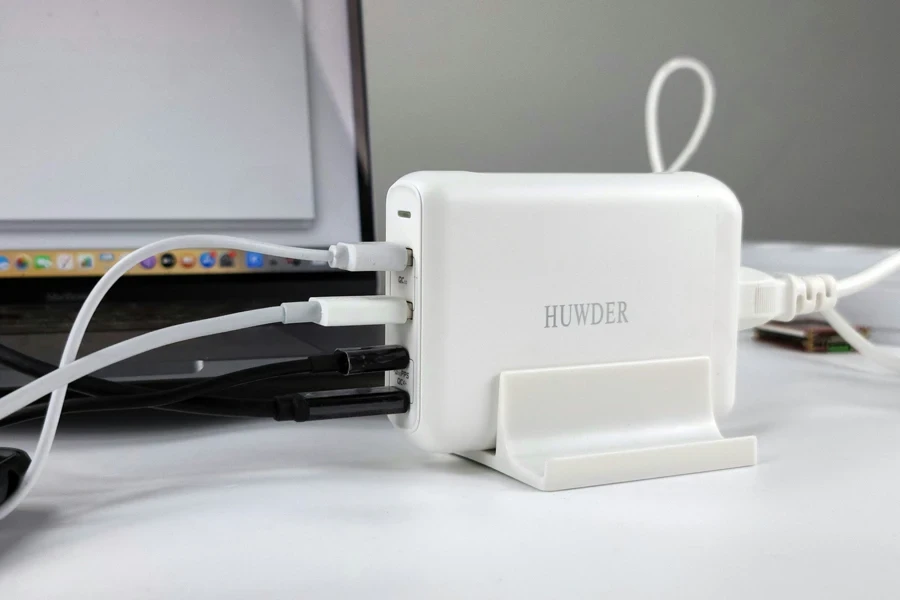
Key technology and design innovations
Key technological and design innovations are shaping the future of multifunctional chargers, making them more efficient, compact, and user-friendly. Advances in materials like GaN, evolving wireless standards, and smart charging features are driving this transformation. Modern design trends also emphasise portability, modularity, and sustainability to meet the growing demands for versatile and eco-friendly charging solutions.
GaN technology
GaN (Gallium Nitride) technology has reshaped the charger industry by significantly improving power density, charging speed, and energy efficiency. According to Grand View Research, GaN chargers allow higher voltage handling with minimal heat dissipation, making them more efficient than traditional silicon-based chargers. The compact nature of GaN technology facilitates the production of smaller, lighter chargers that deliver rapid power without compromising safety. These advantages are especially beneficial for high-demand applications, such as laptops, gaming devices, and electric vehicles, where maintaining fast charging speeds is crucial. The rise of GaN technology is also helping to support the adoption of multi-device chargers that can efficiently power several gadgets simultaneously without increasing the overall size.
Wireless charging standards
Wireless charging has evolved rapidly, with Qi2 and MagSafe standards leading the way in enhancing compatibility and efficiency. Qi2’s magnetic alignment ensures better energy transfer by positioning the device accurately on the charging pad, while Apple’s MagSafe introduces magnets within the device for seamless and consistent charging experiences. According to Wired, the adoption of resonant charging, which allows more flexible placement of devices on charging surfaces, has expanded the convenience of wireless solutions. The potential future development of RF (radio frequency) charging promises even greater advancements by enabling charging over longer distances without requiring physical contact, which could revolutionise public and shared charging spaces and power small IoT devices remotely.
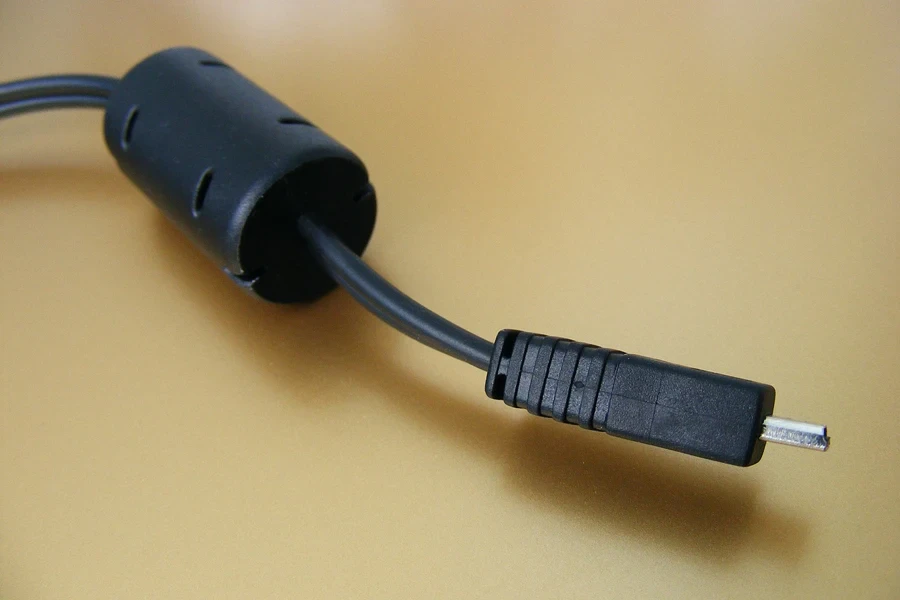
Smart charging features
Integrating smart charging features is a key innovation in multifunctional chargers, using adaptive charging techniques and AI-driven power management to optimize battery health and charging efficiency. ChargeLab highlights how these systems dynamically adjust the charging current based on real-time battery status and usage patterns, extending battery life by avoiding excessive charging cycles. For example, chargers can slow the charging rate as the battery approaches full capacity, reducing stress on the battery’s cells. Smart safety mechanisms, including temperature sensors, automatic shutdown, and overvoltage protection, safeguard against potential hazards such as overheating, electrical surges, and battery degradation. These features provide users with a safer and more reliable charging experience, particularly for high-end devices with sensitive power requirements.
Design trends
Design innovations in multifunctional chargers increasingly focus on portability, modularity, and eco-friendly practices to meet evolving consumer expectations. The shift towards compact designs makes chargers more suitable for travel, offering high power output without increasing weight or bulk. According to Talented Ladies Club, modular designs allow users to upgrade individual components, such as power modules or charging pads, rather than replacing the entire charger, extending the product’s lifespan. Eco-friendly materials, such as recycled plastics and biodegradable components, are also becoming more common, appealing to consumers who are prioritising sustainability. These design trends enhance the practicality of chargers and contribute to reducing electronic waste, aligning with global efforts to promote environmental responsibility.
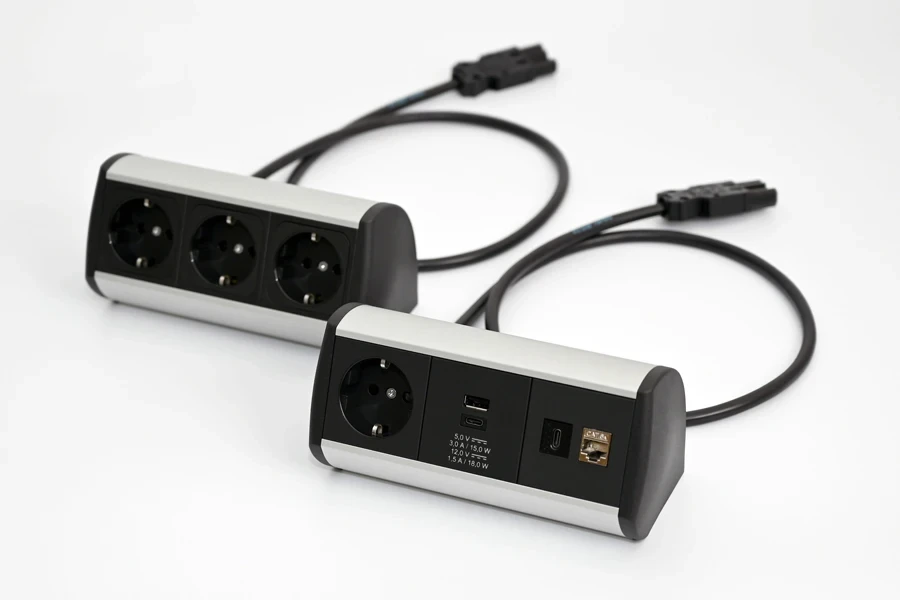
Top-selling models driving market trends
Top-selling charging models shape market trends by offering advanced features and meeting diverse consumer needs. These products provide fast, efficient, and versatile charging solutions, from multi-device wireless chargers to powerful GaN and multi-port USB chargers. Innovative EV chargers also drive growth in the electric vehicle space, making charging more convenient and accessible. These leading models set performance and user convenience benchmarks in the evolving charging landscape.
3-in-1 wireless chargers
The demand for 3-in-1 wireless chargers is growing as users seek efficient ways to charge multiple devices simultaneously. Popular models like the Apple MagSafe Duo and Anker PowerWave offer seamless charging for phones, smartwatches, and earbuds, making them convenient for users who rely on multiple gadgets daily. According to Wired, features such as magnetic alignment in these chargers enhance charging efficiency by ensuring optimal positioning, minimising energy loss and speeding up the process. Additionally, their compatibility with Qi-enabled devices, including iOS and Android, makes them versatile options for a broad range of consumers. Charging multiple devices from a single pad also reduces the need for separate chargers and cables, significantly decluttering users’ spaces.
GaN chargers
GaN chargers, like the Anker Nano II and RAVPower GaN, are at the forefront of fast-charging technology due to their use of Gallium Nitride. This material allows higher power output in a smaller, lighter form factor than traditional silicon-based chargers. According to Grand View Research, GaN technology enables these chargers to handle higher voltages and operate at faster charging speeds while generating less heat, which improves energy efficiency. Many GaN chargers support multiple charging standards, including USB-C Power Delivery, Quick Charge, and PowerIQ. This ensures broad compatibility across smartphones, tablets, laptops, and gaming consoles. Their compact size and powerful performance make them highly desirable for tech enthusiasts, business professionals, and travellers who need fast and reliable charging.
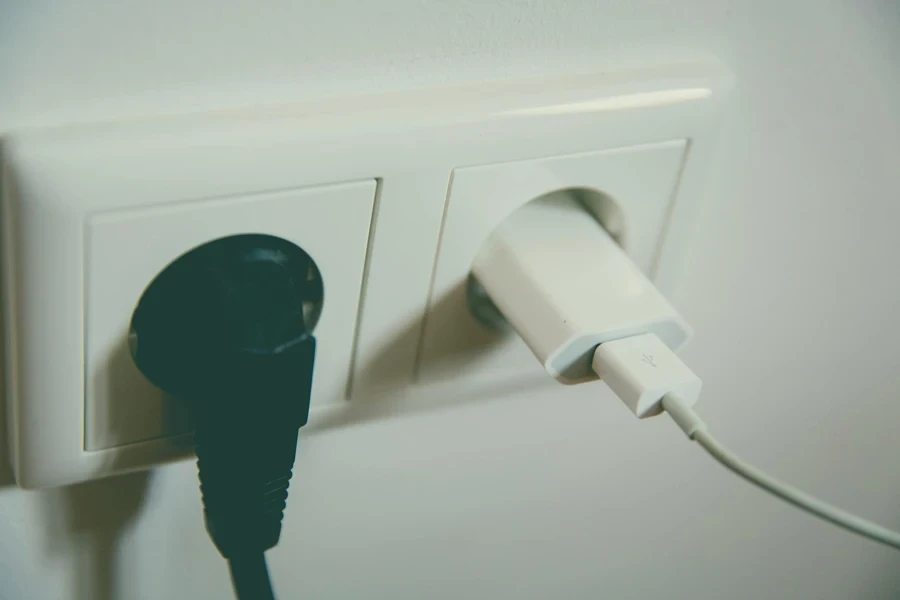
Multi-port USB chargers
Multi-port USB chargers, such as the Satechi 108W Pro and Aukey Omnia, are designed to meet users’ needs, requiring multiple devices to be charged simultaneously, especially in shared spaces like homes and offices. These chargers often feature a combination of USB-A and USB-C ports, with some models capable of delivering over 100 watts of power. They are suitable for charging high-demand devices like laptops alongside smaller gadgets like smartphones and wearables. According to ChargeLab, including fast-charging standards such as USB-C Power Delivery ensures that each port can provide optimal charging speeds for compatible devices. The versatility and convenience of multi-port chargers make them an essential accessory for anyone juggling multiple gadgets, reducing the need for various wall adapters and power strips.
EV charging solutions
As electric vehicles become more popular, the need for efficient and user-friendly EV charging solutions has intensified. Models like Siemens’ WiTricity system are advancing the market with wireless charging technology that utilises magnetic resonance. This allows EV owners to simply park over a charging pad for automatic energy transfer, eliminating the hassle of connecting cables. According to the International Energy Agency, investments in EV infrastructure are accelerating, with plans for more extensive charging networks in urban and rural areas. Additionally, innovations in portable EV chargers are making it easier for drivers to charge their vehicles while travelling or in areas with limited access to traditional charging stations. These advancements help alleviate range anxiety and support the growing adoption of electric mobility by providing reliable and convenient charging options.

Conclusion
Multifunctional chargers are redefining charging experiences by combining cutting-edge technology with practical design. With advancements like GaN technology for faster charging, wireless standards such as Qi2 and MagSafe, and smart adaptive features, these chargers offer a versatile solution for powering multiple devices simultaneously. Their ability to deliver high efficiency in a compact form addresses the modern need for convenience, whether at home, in the office, or on the go. As consumers adopt more connected devices, the demand for versatile and efficient charging options grows.
The shift toward multifunctional charging solutions enhances user convenience and supports sustainability through eco-friendly designs and modular components. For businesses and tech enthusiasts, investing in these advanced chargers ensures compatibility with the latest technology trends while reducing electronic waste. Adopting multifunctional chargers is a smart move to future-proof tech lifestyles and keep up with the evolving landscape of digital devices.

